Agile Organizational Guide - Agile Management Aid
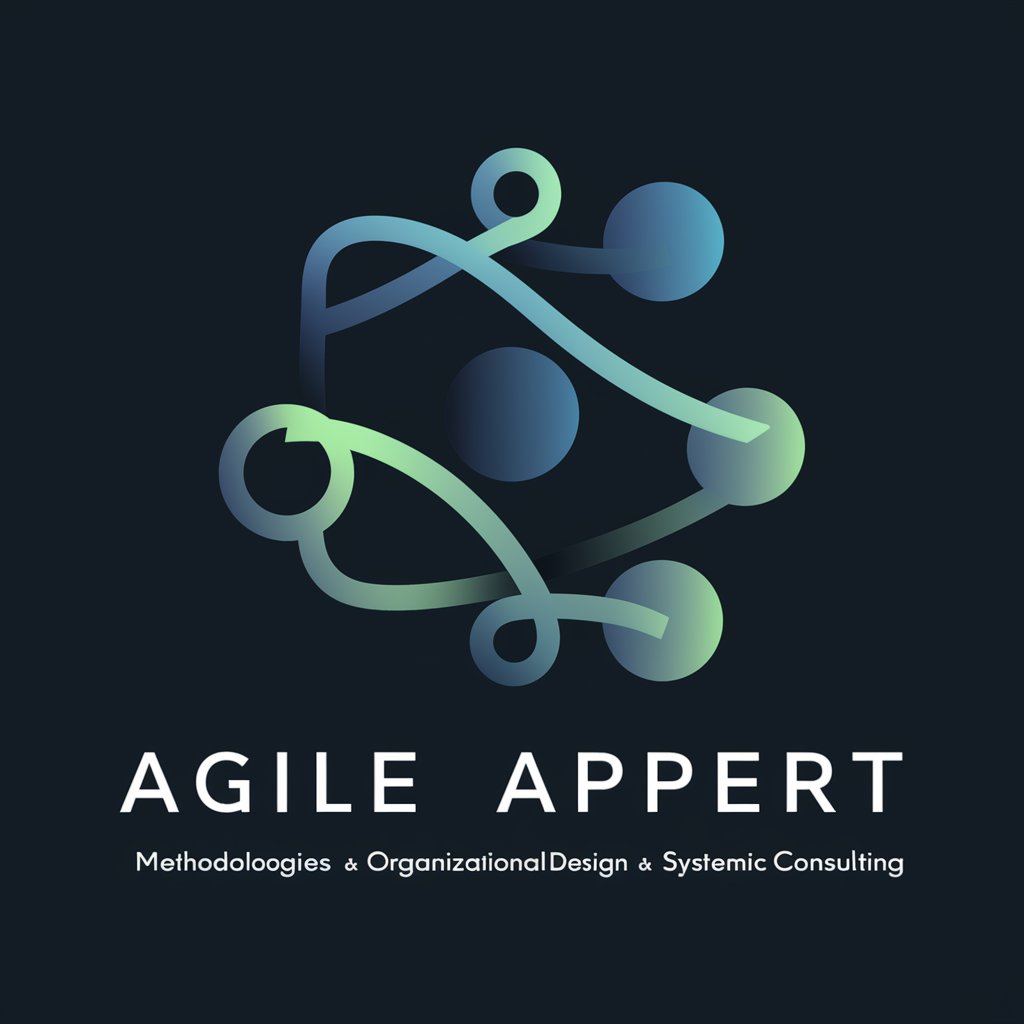
Welcome! How can I assist you in optimizing your organization's Agile practices?
Empowering Agile Transformations with AI
How can Agile frameworks be tailored to fit unique organizational needs?
What are the best practices for implementing effective organizational design?
Can you provide real-world examples of successful Agile transformations?
What strategies can enhance systemic consulting for complex organizational challenges?
Get Embed Code
Overview of Agile Organizational Guide
The Agile Organizational Guide is designed as a specialized tool to support businesses and organizations in adopting and implementing Agile methodologies effectively. Its core purpose is to facilitate transformation in organizational design and development, integrating Agile principles and practices at various levels of an enterprise. The guide offers insights, tools, and frameworks that help organizations become more responsive, flexible, and customer-focused. An example of its utility is seen in companies undergoing digital transformation, where the guide provides strategies for incremental development, promotes collaboration across functional teams, and emphasizes customer feedback to drive continuous improvement. Powered by ChatGPT-4o。

Key Functions of Agile Organizational Guide
Agile Training and Coaching
Example
Providing workshops and ongoing coaching to help teams understand and implement Scrum, Kanban, or Lean methodologies.
Scenario
In a technology startup, the Agile Organizational Guide could be used to train new team members in Agile practices, helping them to integrate into existing projects smoothly and enhance team productivity.
Organizational Design Consulting
Example
Advising on the restructuring of teams to better align with Agile workflows and enhance cross-functional collaboration.
Scenario
For a large manufacturing company, the guide could offer insights into designing smaller, cross-functional teams that work on specific product features, rather than traditional, department-based structures.
Systemic Agile Implementation
Example
Guiding organizations through the systemic adoption of Agile across all departments, not just IT.
Scenario
In a healthcare provider setting, this function would entail applying Agile methods to improve patient care processes and administrative operations, promoting quicker adaptations to changes in healthcare regulations and patient needs.
Target Users of Agile Organizational Guide Services
Tech Startups
Young technology companies benefit from Agile methods to manage rapid growth and change, dealing with high uncertainty and the need for fast product iterations.
Established Enterprises
Large organizations looking to stay competitive by enhancing agility, improving product development cycles, and fostering innovation across their teams.
Non-Profit Organizations
Non-profits can utilize Agile to better manage limited resources, enhance project outcomes, and increase stakeholder engagement through transparent and iterative processes.

Using the Agile Organizational Guide
Step 1
Visit yeschat.ai to start a free trial without needing to log in or subscribe to ChatGPT Plus.
Step 2
Choose your specific organizational need from the available templates, such as Agile transformation, Scrum implementation, or systemic organizational redesign.
Step 3
Interact with the tool by asking specific questions or describing the challenges you face in your organizational context for customized advice.
Step 4
Utilize the provided tools and resources, such as Agile practices guides, role definitions, and process templates, to implement changes in your organization.
Step 5
Regularly review the outcomes and refine your strategies using Agile metrics and feedback mechanisms included in the tool to ensure continuous improvement.
Try other advanced and practical GPTs
Systemic Engineer
Unravel complexity with AI
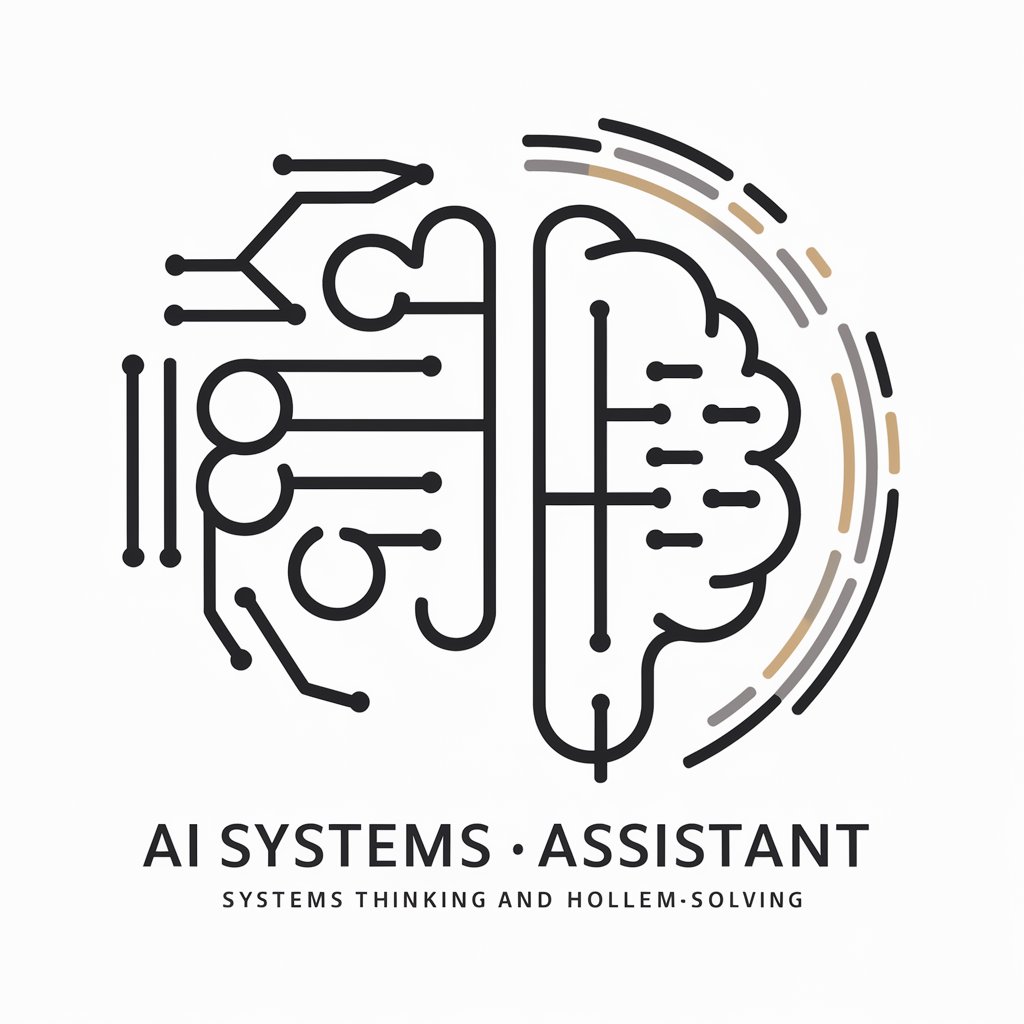
Systemic Insight 🍀
Navigating Future Risks with AI
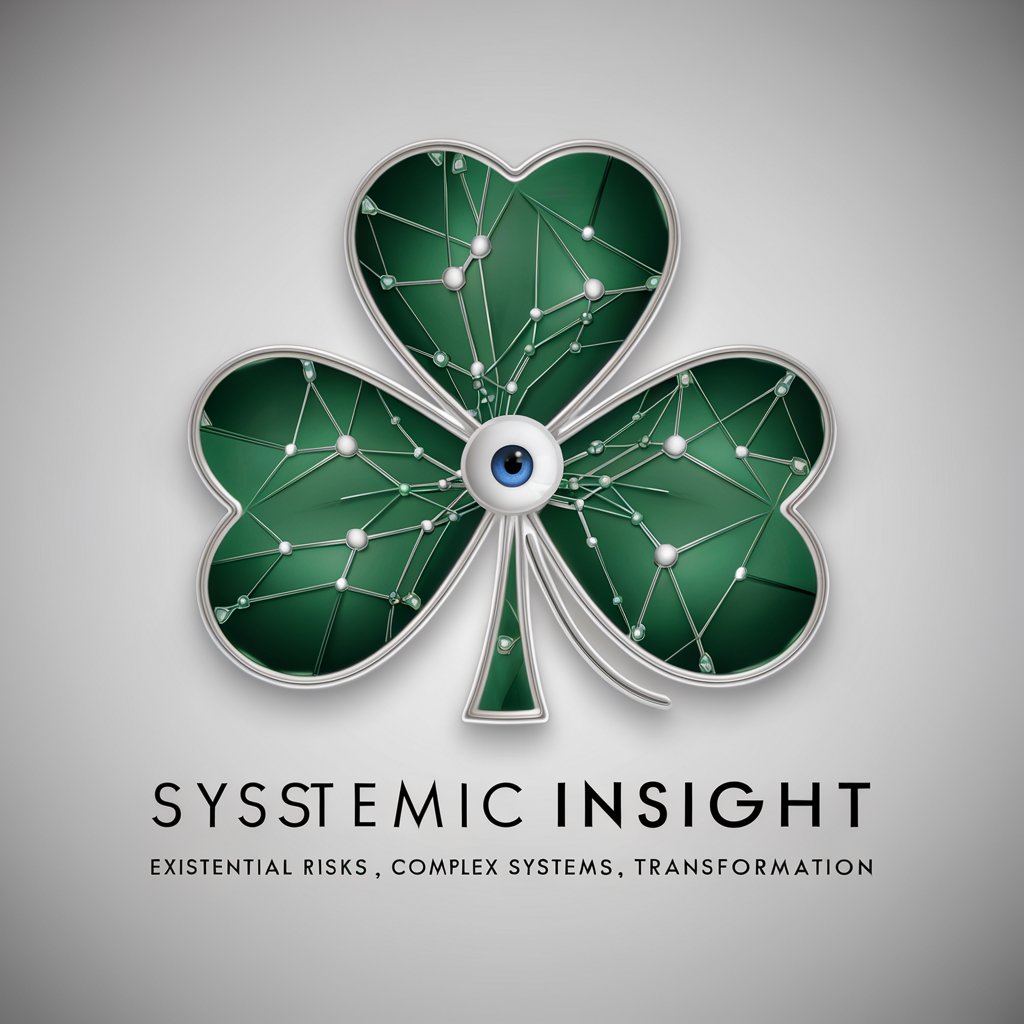
Systemic Explorer
Unravel Complexity with AI
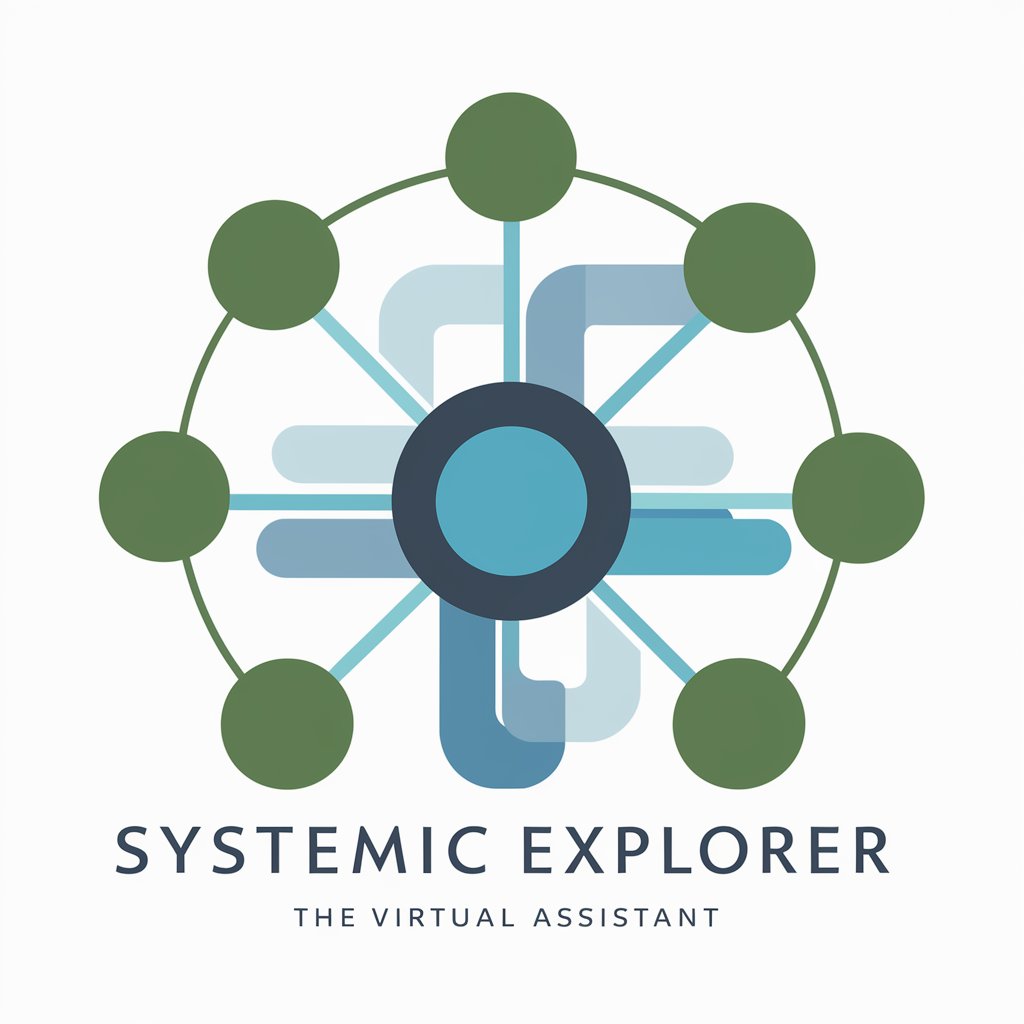
Lunary
Revolutionize Your Sleep with AI
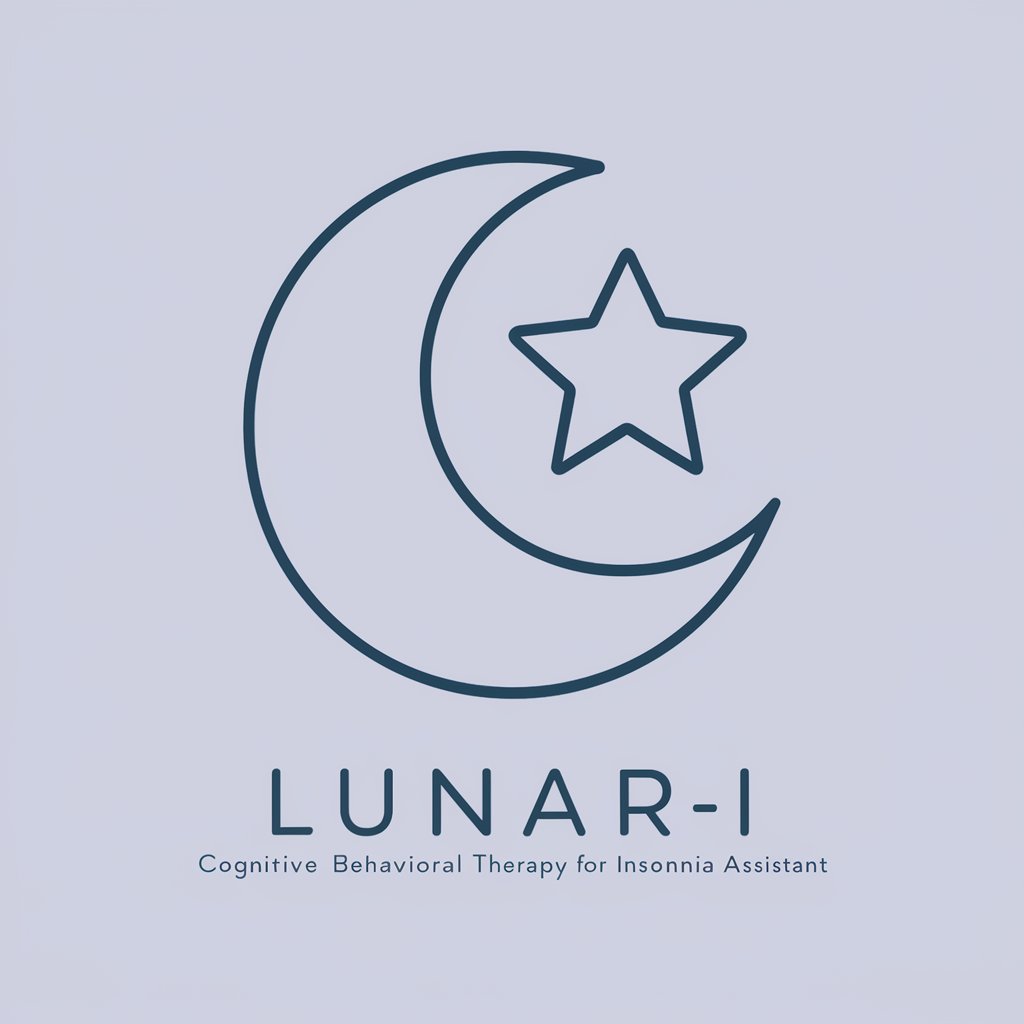
Chat Detective
Elevate Conversations with AI
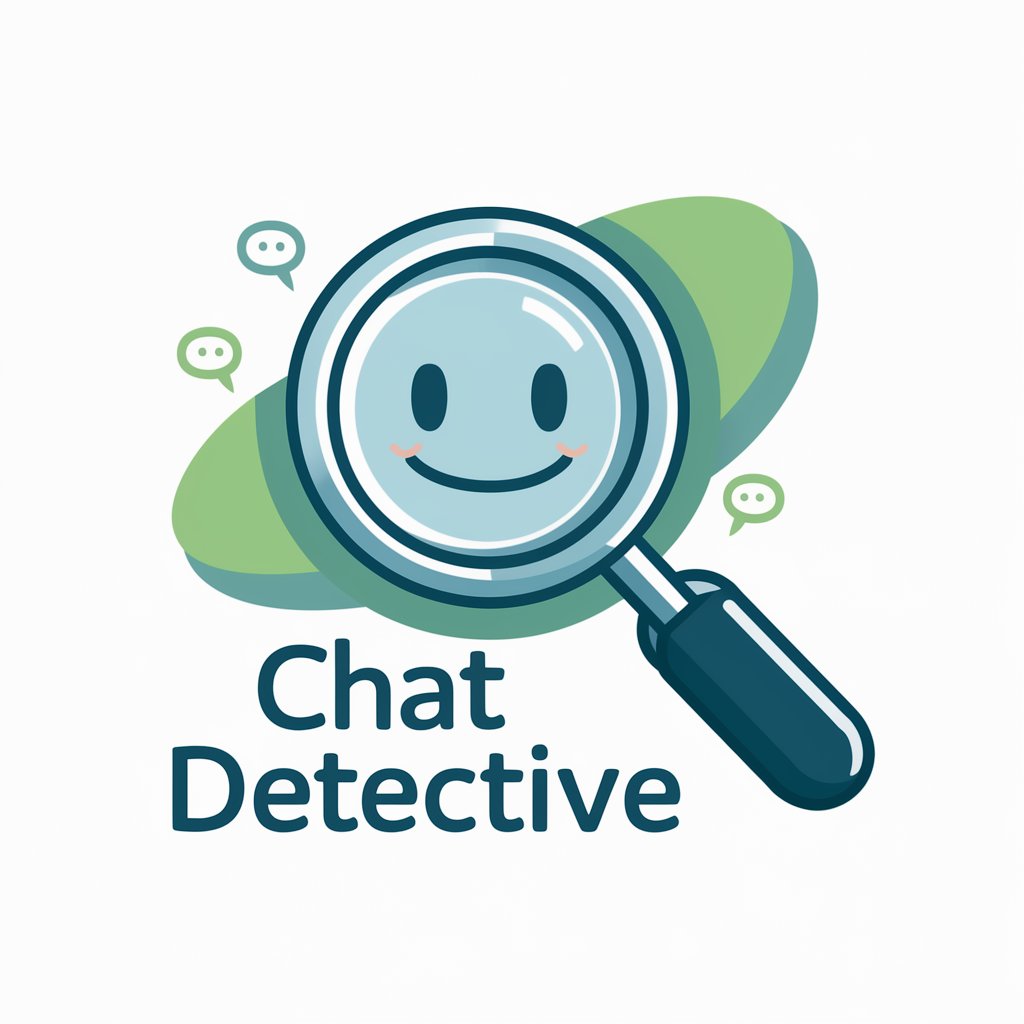
RunwayML Film Generator
Craft Cinematic Content with AI

Texts Cupid
Crafting Love with AI

CashCow AmazonMerch Texts and TM
AI-powered text generation for Amazon Merch.

Lauren
Empowering Your Wellness Journey
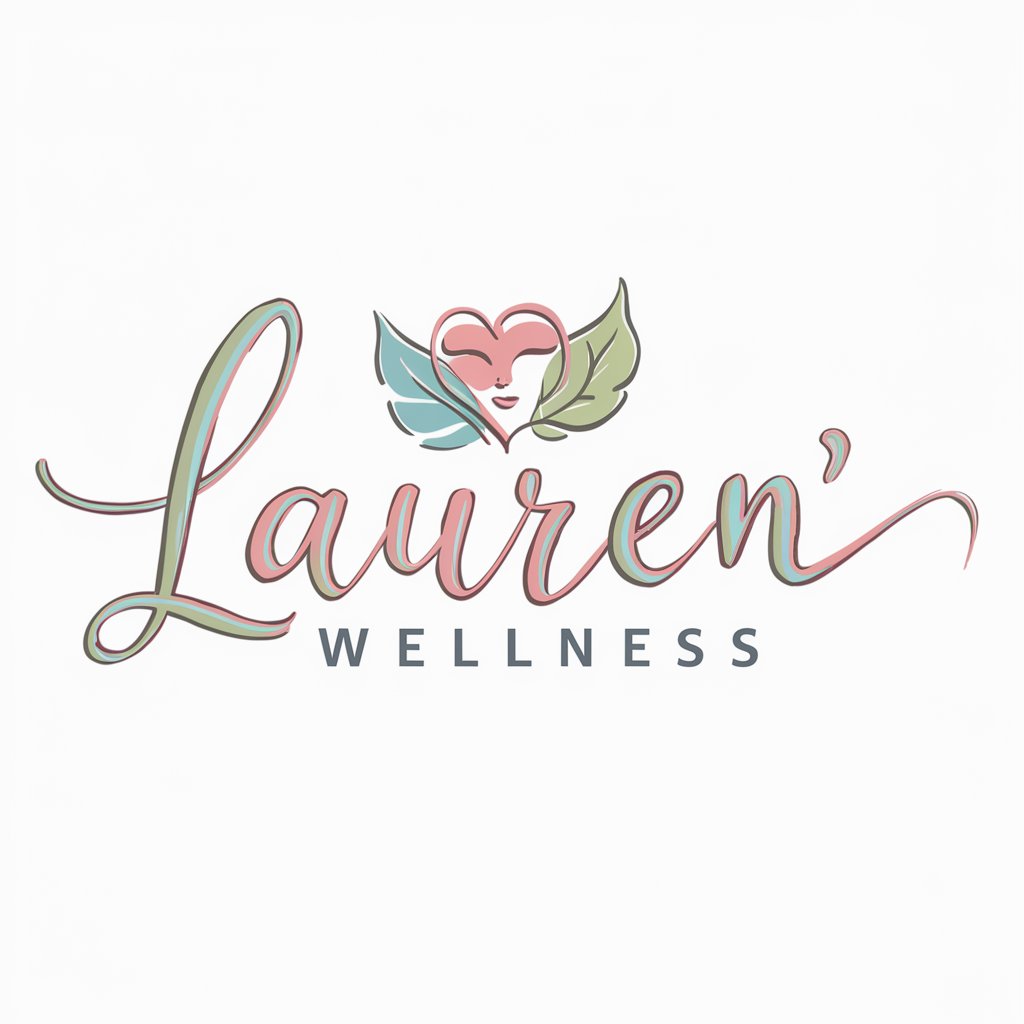
HabloEspañol
Learn Spanish, AI-Powered
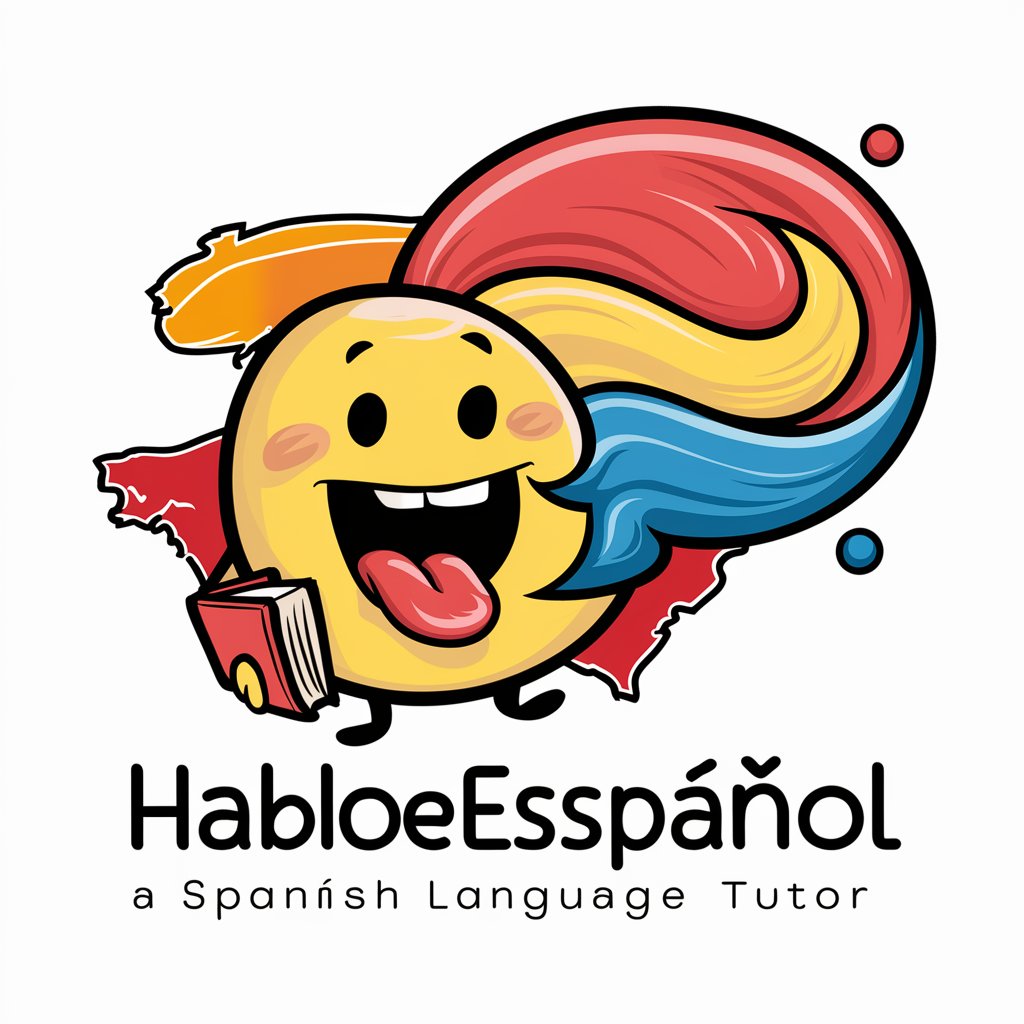
UR Copywriter GPT – quality driven
Power Your Content with AI
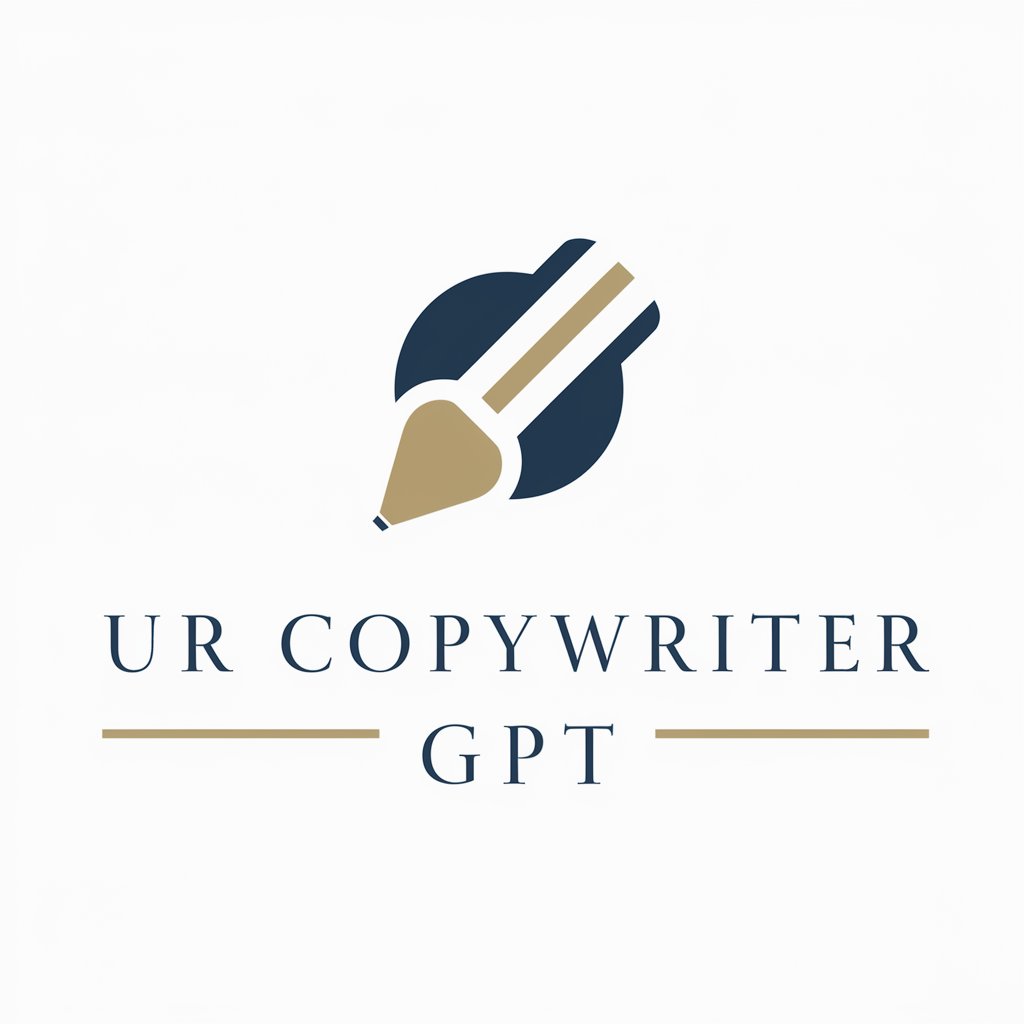
MariaKommentar
Automate your SQL comments with AI
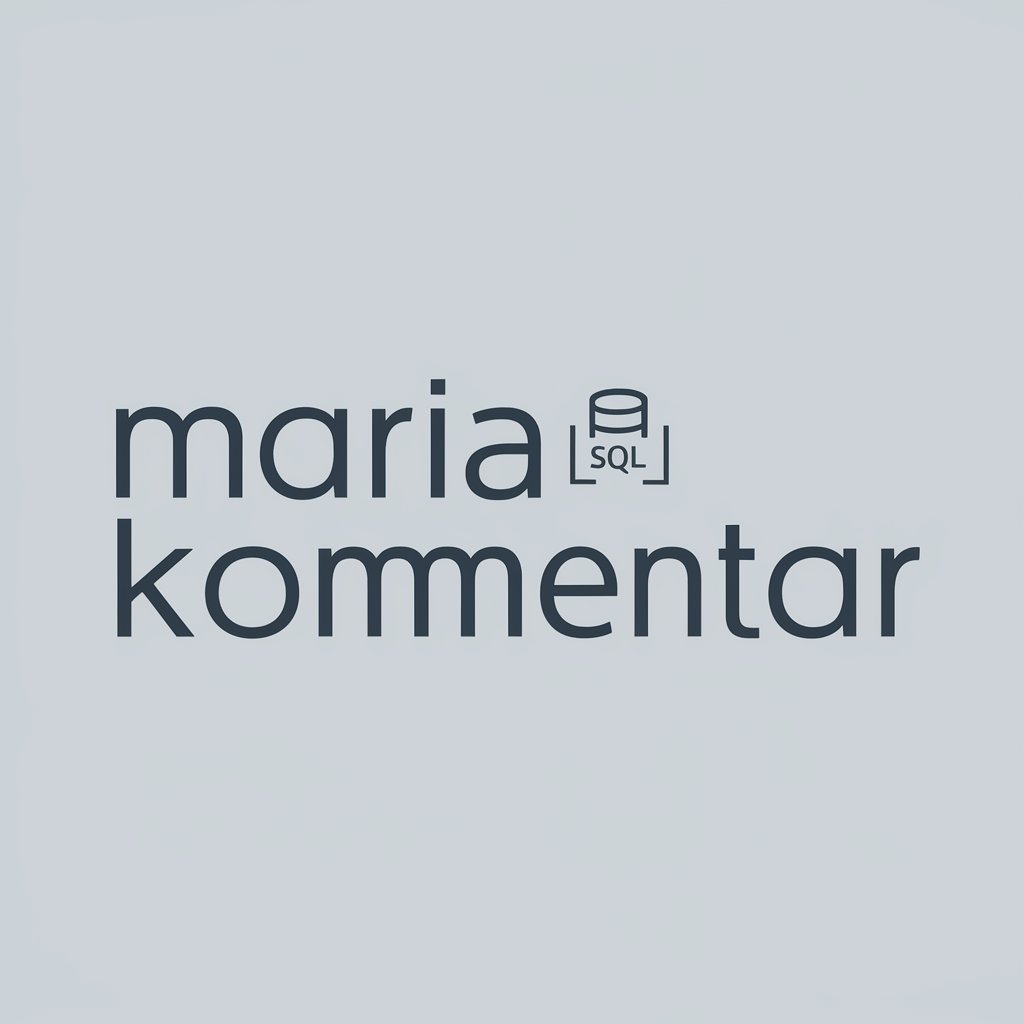
Detailed Q&A About Agile Organizational Guide
What is the Agile Organizational Guide designed for?
It's designed to assist organizations in adopting Agile practices by providing systemic consulting, process improvement, and practical tools for implementing Agile frameworks like Scrum or SAFe.
How can the Agile Organizational Guide help in a non-tech environment?
The guide provides strategies for applying Agile methodologies across various industries, including marketing, HR, and education, by focusing on principles like collaboration, adaptability, and customer-centric processes.
What unique features does the Agile Organizational Guide offer?
It includes features like customized consulting advice based on specific organizational challenges, extensive resources for Agile practices, and tools for measuring and enhancing organizational agility.
Can the Agile Organizational Guide help with large-scale Agile transformations?
Yes, it offers guidance on scaling Agile practices through frameworks like SAFe and LeSS, and provides tools for organizational change management, leadership alignment, and team training.
How often should I interact with the Agile Organizational Guide for optimal results?
Regular interaction, such as weekly consultations and progress reviews using the tool's metrics and feedback systems, is recommended to continuously adapt and improve Agile practices within your organization.
